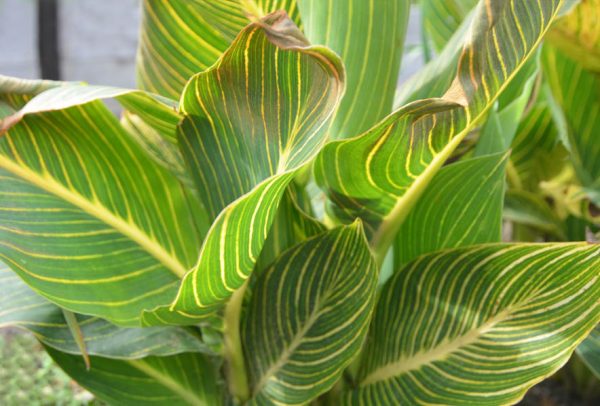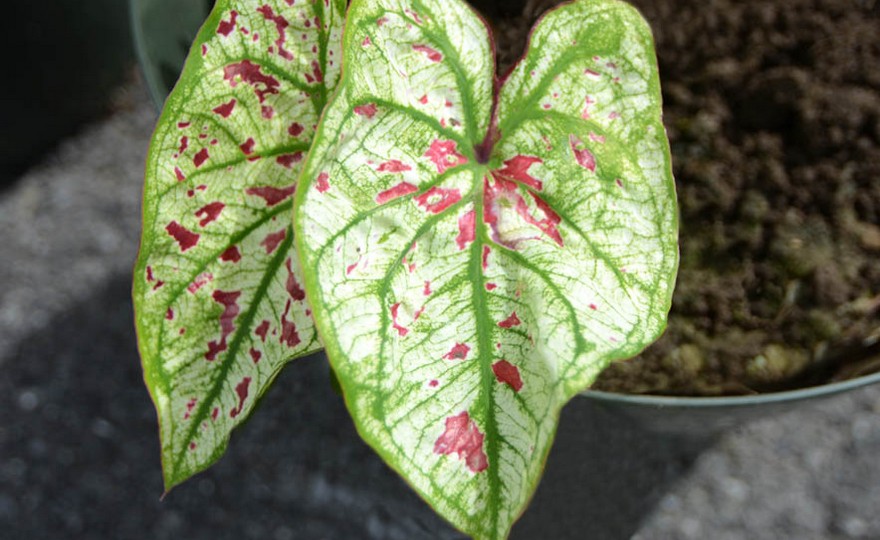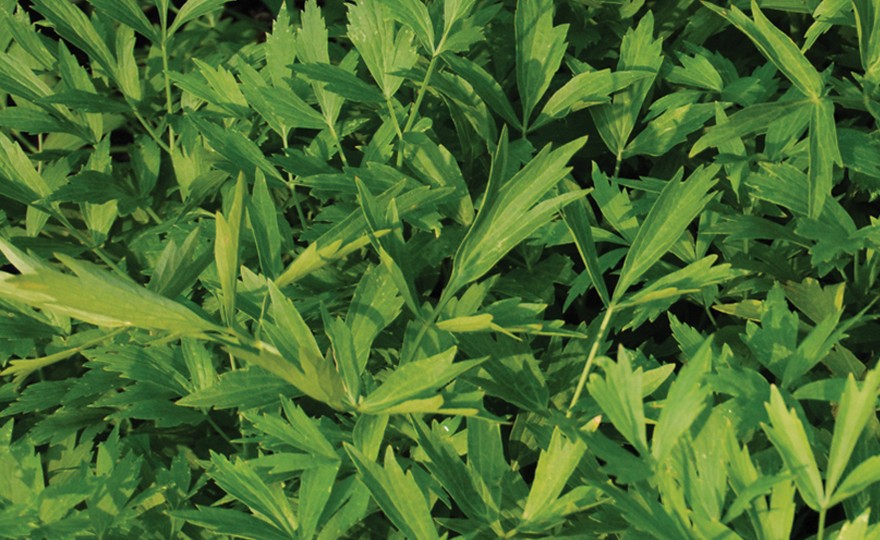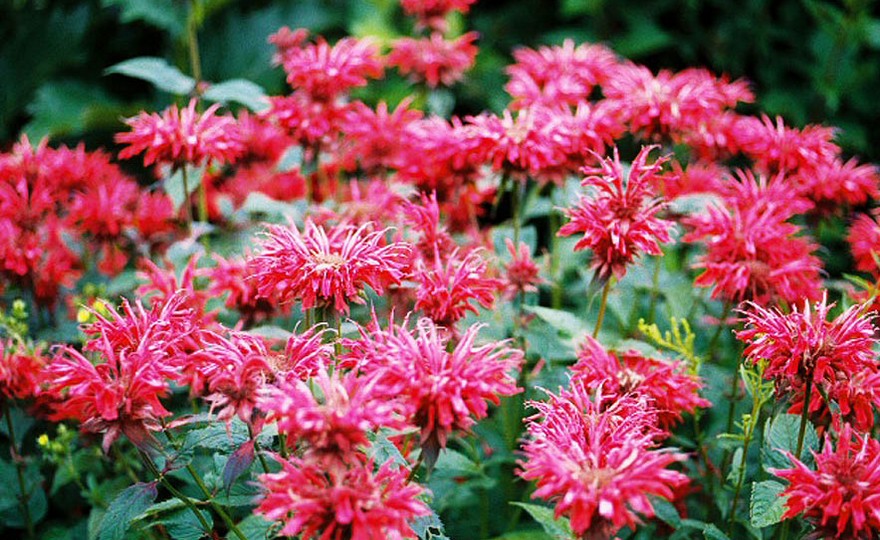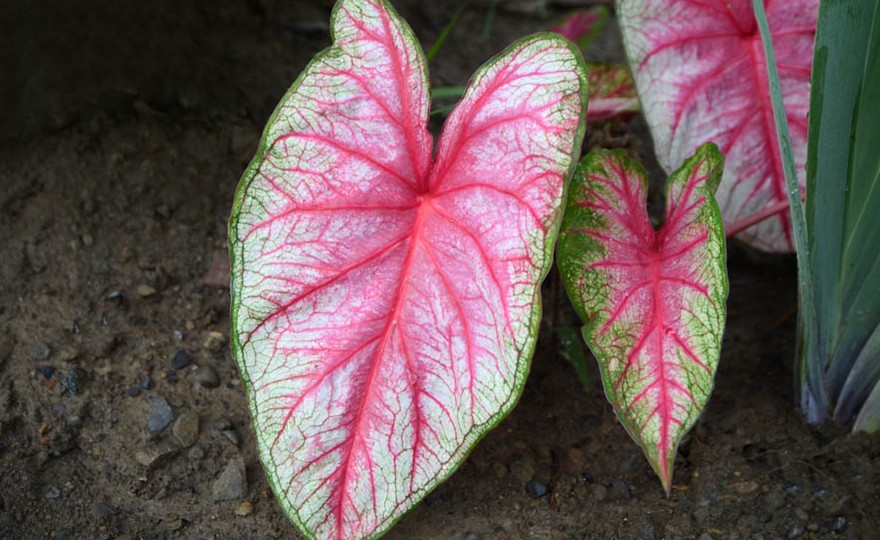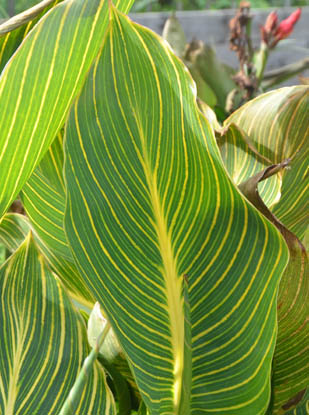
Indica Canna Lily, Tropicanna Gold – 2 Bulbs
-
- **SOLD OUT** HOLIDAY GIFTS **SOLD OUT**
- **SOLD OUT** Holiday Books **SOLD OUT**
- **SOLD OUT** Holiday Citrus **SOLD OUT**
- **SOLD OUT** Holiday Gift Certificates **SOLD OUT**
- **SOLD OUT** Holiday Paperwhites **SOLD OUT**
- **SOLD OUT** Holiday Praying Mantis Kits **SOLD OUT**
- **SOLD OUT** Holiday Tools **SOLD OUT**
- **SOLD OUT** Holiday Wildflower Mixtures **SOLD OUT**
- Citrus Trees
- **SOLD OUT** - Vegetable and Herb Plants - Mix & Match any 6 Plants for $50 - Only Shipped in Quantities of 6
- Elephant Ear Plants & Roots
- **SOLD OUT** 4-Inch Pot Herb Plants **SOLD OUT**
- Rare Plants
- **SOLD OUT** Vining Plants **SOLD OUT**
- Asian Seeds
- Beneficial Bugs
- Books
- Citrus Fertilizers
- Cold-Treated Bulbs - SEE BULBS FOR FALL PLANTING TO ORDER
- Cold-Treated Allium
- Cold-Treated Chionodoxa
- Cold-Treated Crocus
- Cold-Treated Hyacinthoides
- Cold-Treated Hyacinthus Orientalis
- Cold-Treated Narcissus
- Cold-Treated Cyclamineus Narcissus
- Cold-Treated Double Heirloom Narcissus
- Cold-Treated Jonquilla Narcissus
- Cold-Treated Large Cupped Narcissus
- Cold-Treated Poeticus Narcissus
- Cold-Treated Small Cupped Narcissus
- Cold-Treated Species Miniature Narcissus
- Cold-Treated Split Cupped Narcissus
- Cold-Treated Tazetta Narcissus
- Cold-Treated Triandus Narcissus
- Cold-Treated Trumpet Daffodils
- Cold-Treated Ornithogalum
- Cold-Treated Rock Garden Iris
- Cold-Treated Scilla
- Cold-Treated Tulips
- Cold-Treated Emperor Tulips
- Cold-Treated Fringed Tulips
- Cold-Treated Green or Viridiflora Tulips
- Cold-Treated Lily Flowering Tulips
- Cold-Treated Parrot Tulips
- Cold-Treated Peony Flowering Tulips
- Cold-Treated Single Early Tulips
- Cold-Treated Single Late Tulips
- Cold-Treated Species Tulips
- Cold-Treated Triumph Tulips
- Flower Bulbs, Corms and Tubers
- **SOLD OUT** Bulbs for Spring Planting **SOLD OUT**
- **SOLD OUT** Begonia **SOLD OUT**
- **SOLD OUT** Cannas **SOLD OUT**
- **SOLD OUT** Crocosmia **SOLD OUT**
- **SOLD OUT** Gladiolas **SOLD OUT**
- **SOLD OUT** Pineapple Lilies **SOLD OUT**
- **SOLD OUT** Caladiums **SOLD OUT**
- **SOLD OUT** Calla Lilies **SOLD OUT**
- **SOLD OUT** Dahlias **SOLD OUT**
- **SOLD OUT** Specialty-Gallery-Dark Angel Series **SOLD OUT**
- **SOLD OUT** Specialty Dahlias **SOLD OUT**
- **SOLD OUT** Specialty-Anemone Flowering Dahlias **SOLD OUT**
- **SOLD OUT** Cactus Dahlias **SOLD OUT**
- **SOLD OUT** Decorative Dahlias **SOLD OUT**
- **SOLD OUT** Dinnerplate Dahlias **SOLD OUT**
- **SOLD OUT** Fimbriata Dahlias **SOLD OUT**
- **SOLD OUT** Specialty-Gallery Dahlias **SOLD OUT**
- **SOLD OUT** Specialty-Peony Flowering Dahlia **SOLD OUT**
- **SOLD OUT** Specialty-Pom Pon Dahlias **SOLD OUT**
- **SOLD OUT** Lilies **SOLD OUT**
- Bulbs for Fall Planting - ALL BULBS AVAILABLE ARE COLD TREATED FOR PLANTING AS SOON AS SOIL CAN BE WORKED
- Fall Blooming Bulbs
- **SOLD OUT** Bulbs for Spring Planting **SOLD OUT**
- Garden Tools & Equipment
- Gift Certificates
- HHH Exclusive Wildflower Mixtures
- Wildflower Mixtures
- Heirloom Garlic
- **SOLD OUT** Potatoes **SOLD OUT**
- Roots & Sets
- Seeds
- Flowers
- Herbs
- Vegetables
- **SOLD OUT** HOLIDAY GIFTS **SOLD OUT**
-
- No products to compare
-
Quick Overview
INDICA CANNA LILY, Tropicanna Gold
FULL SUN TO PARTIAL SHADE Cannas grow from tuberous roots which are hardy in Zones 7 and higher. They are indigenous to Central and South America, the West Indies, tropical Asia and one species, C. flaccida, is native to Florida. Nearly all of the canna cultivars available today were developed from C. flaccida. Tropicanna Gold, an indica canna, was introduced in 2001. It was known as Mactro, but marketed as Tropicanna Gold. However, Tropicanna Gold bears a striking resemblance to a canna marketed in Britain under the cultivar name, Bethany. Like its cousin, Tropicanna, Tropicanna Gold is a remarkable canna. Its leaves are vividly striped with cream and green. Even from a distance this zebra striping is evident. The blossoms are golden yellow sometimes with orange feathering in the center of each petal. The leaves are 12-18 inches long and 6-8 inches wide. The plant, generally is slightly smaller than Tropicanna, reaching heights of 28-36 inches.
Canna tubers should be planted in late spring when the danger of frost has passed in fertile, friable soil that has warmed to a depth of at least 2 inches. The tubers should be planted 4-6 inches deep and thrive when fertilized once a month with a complete fertilizer like 10-10-10. Constantly moist soil is a requirement. Once the plants have ceased flowering in the fall, dig the tubers and store in a cool, dry, dark area.
Cannas make exceptional container plants – 1 canna per 10 in. diameter pot. They require frequent watering and fertilizing. They are some of the easiest and most rewarding plants to grow in containers. The best soil mix is 60% topsoil, 20% peat moss and 20% compost or dehydrated cow manure.
| Type | Spacing | Planting Depth | Days to Germ. | Maturity |
| Canna | 18 in. | 6 in. | 14-21+ Days | 75 Days |

Indica Canna Lily, Tropicanna Gold
Canna Lilies are some of the truly historic plants of the Americas. Though they are known to be indigenous to tropical Asia as well as Florida, Central and South America, it was the American species that captured the attention of the Europeans and British. The original native plants were known to reach heights of 10 feet in their natural habitats and their blossoms were always red and somewhat modest. It was only after cannas reached Europe and England that bronze leaved varieties were developed and the color range of the blossoms expanded to include pink, white, yellow, orange, salmon-pink and bi-colored.
American cannas were introduced into Europe in 1570, and in 1736 they arrived in England when John Custis of Williamsburg sent seeds of Canna indica to Peter Collinson in London. Canna indica was known as Indian-shot in the Americas. The name was a reference to the extremely hard canna seeds produced by each plant. Legend has it that the seeds were so hard that the Native Americans used them as shot when guns were presented to the indigenous peoples by the European explorers who then refused to supply traditional shot for the weapons.
C. indica cannas are among the oldest species still in cultivation. They are native to Central and South America, not India as many believe. Modern C. indica varieties are much taller than the C. flaccida species, usually reaching heights of 3-5 feet.
C. flaccida is a species of canna native uniquely to Florida. It was introduced into Europe in 1788 and soon thereafter into England.
During the Victorian Era (1837-1901), cannas became very popular in England as specimen plants in the conservatories of the middle class, but their popularity waned in the 20th century as British, European and American middle class families gave up their conservatories and other ornamental gardens. In the latter part of the 20th century, development work with the Florida native canna species, C. flaccida, began to produce ‘dwarf’ varieties of cannas which adapted well to containers and small urban gardens. The cultivars today are almost exclusively the dwarf varieties, but recently some C. indica cultivars have been introduced which reach heights of 48-60 inches.
In 1999, a canna lily was introduced in the United States that was unlike any other, because its leaves were unquestionably the most stunning of any canna’s leaves ever. It was marketed in the United States under the name, Tropicanna, and became one of the most popular cannas ever sold. In Europe and other parts of the world it was marketed under the names Durban, Variegated Pink Stripe and Phasion and an ‘improved’ cultivar is now known as Inferno.
This legendary plant has a long history of legal challenges, successful and unsuccessful, because of Plant Breeders’ Rights status and US Patents. In the United States, plant patents last for 20 years and then the plant can be cultivated by whoever wishes to grow it. The US plant patent for Tropicanna was issued in 1998 and expired in 2018.
One of the many fascinating issues with Tropicanna is that the plant had been in existence and grown by home gardeners in South Africa for more than 50 years before it was simultaneously protected UPOV Convention and in the US by patent, in Europe by the CPVR and in South Africa by the Plant Breeders’ Rights and UPOV Convention. Tropicanna was first identified in the home garden of a South African, Mr. Rodemeyer, in 1955. However, the plant had been a part of the garden when he purchased the home and so had been in existence for years before. Tropicanna is believed to be a spontaneous mutation of the well known and much beloved C. indica cultivar ‘Wyoming’.
Harvesting History offered Tropicanna for many years and then the plant disappeared in 2018. This coincides with the expiration of the US Plant Patent. However, we, at Harvesting History, so loved the incredible beauty of this plant, that we searched vigorously for another source. None of the sources that we traditionally deal with was offering the plant, but we were blessed with a Plan B.
Many years before, I had given my daughter some Tropicanna and Tropicanna Gold tubers. She grew to love them and would even dig them up and carry them from house to house as she moved. I retrieved some of these tubers and at Harvesting History we began to cultivate a production crop. It has taken us 3 years to build the crop, but we now can offer, annually, both the original Tropicanna and its cousin, Tropicanna Gold. These are not ‘improved’ versions. They are the original stock.
Canna tubers should be planted in late spring when the danger of frost has passed in fertile, friable soil that has warmed to a depth of at least 2 inches. The tubers should be planted 4-6 inches deep and thrive when fertilized once a month with a complete fertilizer like 10-10-10. Constantly moist soil is a requirement. Once the plants have ceased flowering in the fall, dig the tubers and store in a cool, dry, dark area.
Cannas make exceptional container plants – 1 canna per 10 in. diameter pot. They require frequent watering and fertilizing.They are some of the easiest and most rewarding plants to grow in containers. The best soil mix is 60% topsoil, 20% peat moss and 20% compost or dehydrated cow manure. Check out the soil mix described in detail in our Harvesting History YouTube video. Do not use prepared soil mixes.
HARVESTING HISTORY HEIRLOOMS HAS SEVERAL YOUTUBE VIDEOS ON CANNAS. THEY CAN BE FOUND AT THE FOLLOWING LINKS:
LIFTING AND STORING DAHLIAS, CANNAS AND GLADIOLUS
GROWING CANNAS IN CONTAINERS
The Best Soil Mix for Containers

